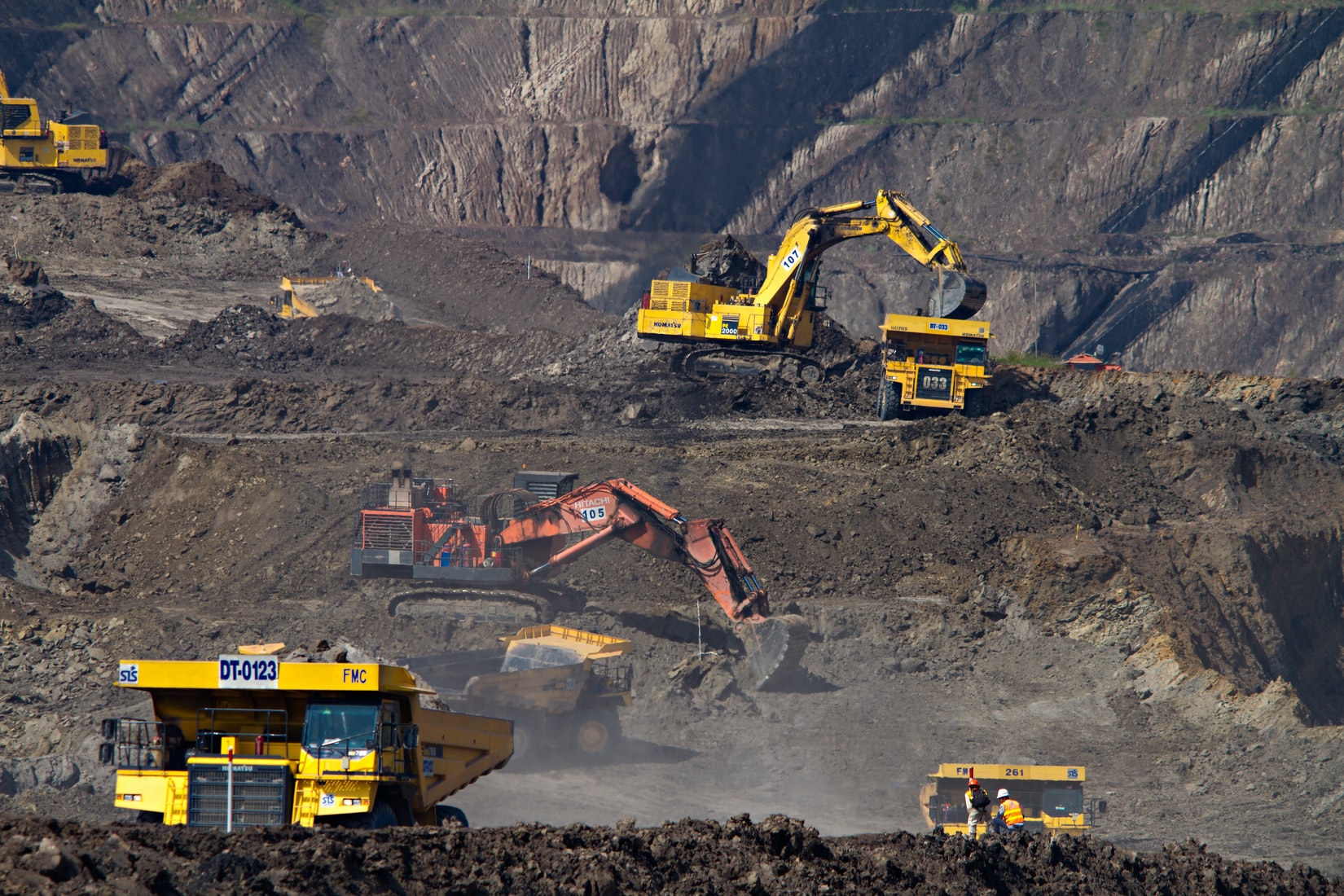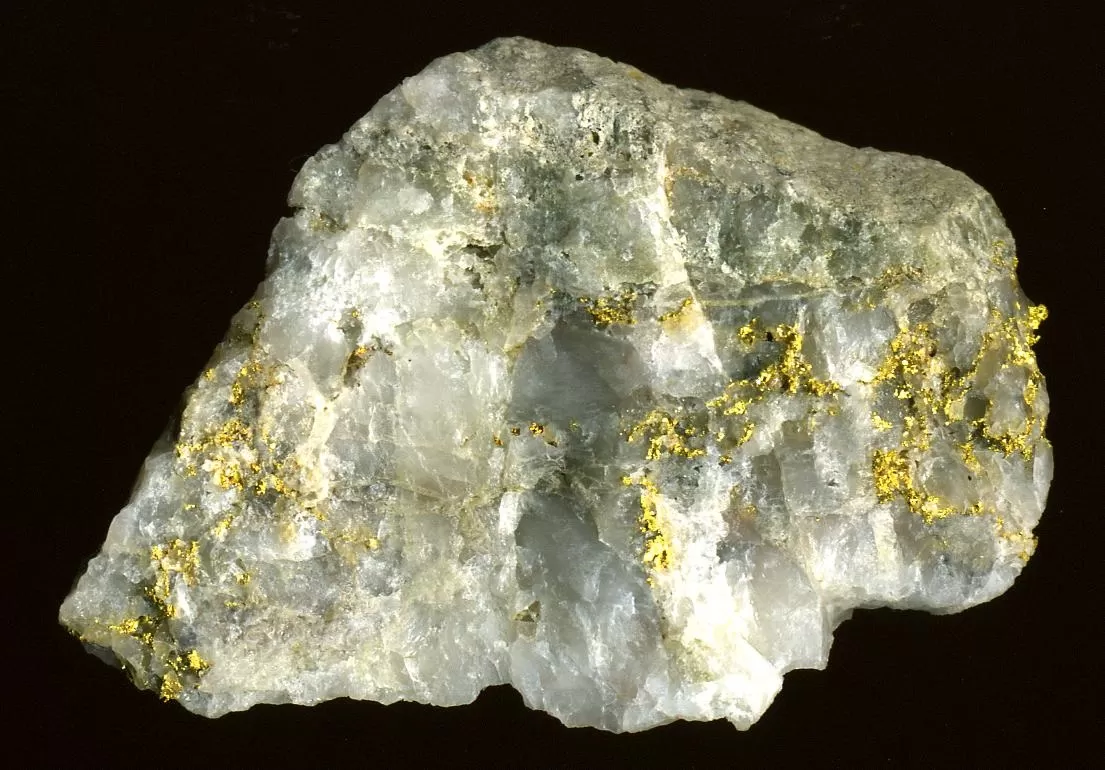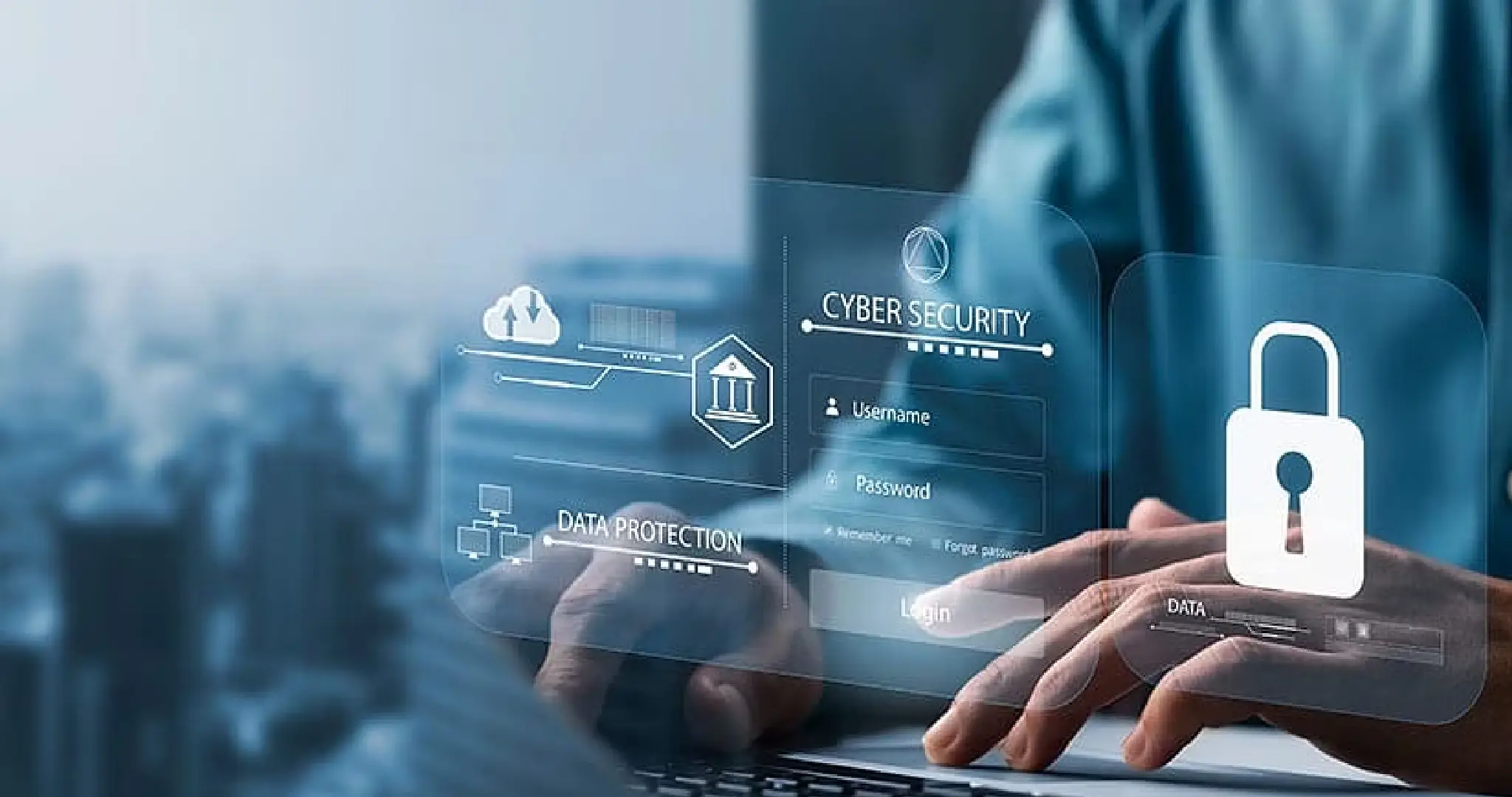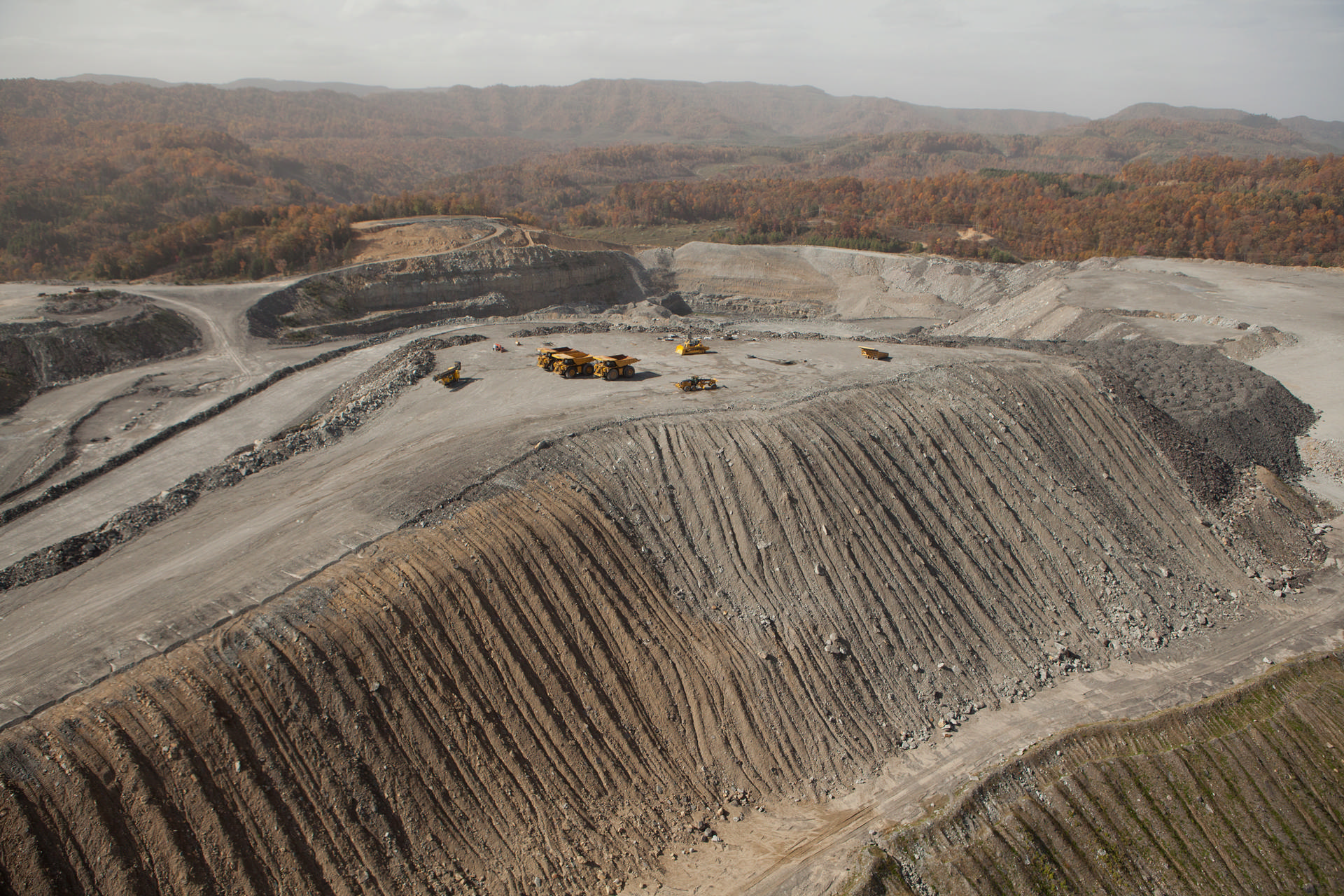Mineral extraction, the process of extracting valuable minerals or other geological materials from the Earth, plays a crucial role in our modern economy. From metals like gold and copper to industrial minerals such as limestone and gypsum, the extraction of these resources is foundational to numerous industries, including construction, electronics, and manufacturing. This article explores the methods of mineral extraction, the environmental and social implications, and recent innovations aimed at improving sustainability in the sector.
Methods of Mineral Extraction
Mineral extraction can be categorized into two primary methods: surface mining and underground mining.
- Surface Mining: This method involves removing soil and rock overlying a mineral deposit. Common techniques include:
- Open-Pit Mining: Used for minerals located close to the surface, open-pit mining creates a large, terraced hole.
- Strip Mining: Often used for coal, this method strips away the surface layers to expose and extract the mineral.
- Mountaintop Removal: A controversial practice primarily used in coal mining, this technique involves blasting the tops off mountains to access coal seams.
- Underground Mining: Employed when minerals are located deep within the Earth, this method involves creating tunnels or shafts to reach the deposits. Techniques include:
- Room and Pillar Mining: This method leaves pillars of rock to support the mine’s structure while extracting minerals.
- Longwall Mining: A more advanced technique where a long wall of coal or ore is mined in a single slice.
Each method has its advantages and disadvantages, often balancing efficiency and environmental impact.
Environmental and Social Impacts
While mineral extraction is vital for economic development, it also poses significant environmental challenges. Some of the key issues include:
- Ecosystem Disruption: Mining operations can lead to deforestation, habitat destruction, and loss of biodiversity. The alteration of landscapes can have lasting effects on local ecosystems.
- Water Pollution: Runoff from mining sites can contaminate nearby water bodies with heavy metals and chemicals, affecting aquatic life and local communities reliant on clean water.
- Air Pollution: Dust and emissions from mining operations can degrade air quality, leading to health issues for workers and surrounding populations.
- Social Displacement: Communities near mining sites may face displacement, loss of livelihoods, and cultural disruption. These social issues can lead to conflicts between mining companies and local communities.
Innovations and Sustainable Practices
In recent years, there has been a growing emphasis on sustainable mining practices and innovations aimed at reducing the environmental footprint of mineral extraction. Some notable advancements include:
- Recycling and Circular Economy: Increasingly, companies are focusing on recycling metals and minerals, reducing the need for new extraction. The circular economy model encourages the reuse of materials, minimizing waste.
- Green Mining Technologies: Innovations such as bioleaching, where bacteria are used to extract metals from ores, and the use of renewable energy sources in mining operations, are becoming more prevalent.
- Responsible Sourcing Initiatives: Organizations and companies are adopting standards to ensure that minerals are sourced responsibly, considering environmental and social impacts. Certifications and traceability systems are being implemented to promote ethical mining practices.
- Restoration and Reclamation: Many mining companies are now required to rehabilitate mining sites after closure, restoring ecosystems and improving land use for local communities. Techniques such as reforestation and wetland creation are being utilized to help restore biodiversity.
Conclusion
Mineral extraction is a complex and essential activity that supports global economies but must be managed with care. As demand for minerals continues to grow, the industry faces the dual challenge of meeting this demand while minimizing environmental and social impacts. Through innovative technologies and a commitment to sustainable practices, the sector can work towards a more responsible future, ensuring that the benefits of mineral extraction are shared equitably and sustainably. By prioritizing both economic development and environmental stewardship, we can navigate the challenges of mineral extraction and work toward a sustainable future for all.



